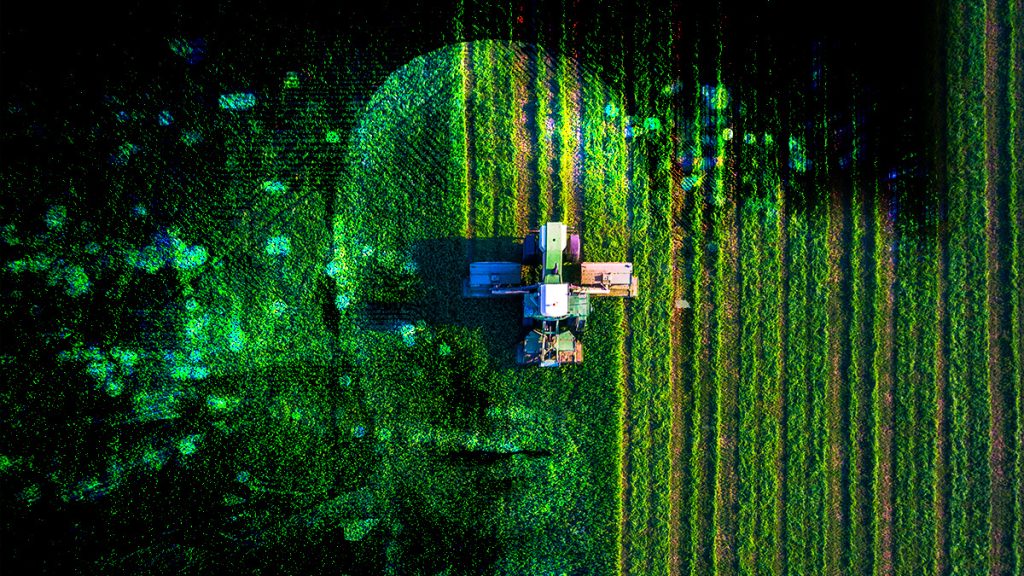
Predictive agriculture is the future of farming, utilizing advanced technologies to streamline crop management and increase yields. By harnessing the power of data analytics, machine learning, and other cutting-edge tools, farmers can now make informed decisions about everything from planting to harvest. They can better understand weather patterns, soil conditions, and plant health indicators with predictive agriculture to optimize their yields and reduce waste.
As the world’s population continues to grow, it’s clear that predictive agriculture is essential for meeting the increasing demand for food. In the words of Benjamin Franklin, “An ounce of prevention is worth a pound of cure.” With predictive agriculture, farmers can prevent problems before they even arise, revolutionizing how we produce food and making our lives easier.
By analyzing a variety of data sources, such as weather patterns, soil moisture levels, and plant health indicators, predictive agriculture can provide insights into the best times for planting, irrigation, and harvesting. So, what are the advantages of this technology?
Improved Crop Yields
One of the most significant advantages of predictive agriculture is its ability to improve crop yields. By analyzing various data sources, farmers can gain insights into the health of their crops and identify potential issues before they become significant problems. This can help farmers make more informed decisions about when to plant, how much to water, and when to harvest, leading to higher yields and more profits. Moreover, it not only reduces costs but also minimizes the risk of runoff and pollution, which can have harmful effects on the environment and human health.
Reduced Resource Use
Another benefit of predictive agriculture is its ability to reduce resource use. By providing farmers with real-time data about weather patterns and soil moisture levels, farmers can adjust their irrigation practices to conserve water and reduce the amount of fertilizer needed. This not only saves money but also reduces the environmental impact of farming.
Lower Costs
Predictive agriculture can also help farmers save money in other ways. By identifying potential issues with crops early on, farmers can take action to prevent crop losses and reduce the need for expensive pesticides and herbicides. Additionally, farmers can reduce labor costs and improve efficiency by optimizing planting and harvesting times.
More Sustainable Farming
Predictive agriculture can help farmers adopt more sustainable farming practices. By reducing the amount of water, fertilizer, and other resources needed, farmers can minimize their environmental impact and contribute to a more sustainable future. Not only that, but by improving crop yields and reducing losses, farmers can help reduce food waste, a major contributor to greenhouse gas emissions.
Analyzing vast amounts of data from various sources such as satellites, sensors, and drones, predictive agriculture can provide farmers with real-time insights and recommendations on how to optimize their farming practices.
Final Thoughts
Ultimately, advanced agricultural practices such as predictive agriculture will have the potential to revolutionize not only the farming industry but every level of society and economy. By leveraging technology to optimize crop yields, reduce resource usage, and adopt sustainable farming practices, we can secure a more prosperous and environmentally friendly future for ourselves and future generations. The impact of such practices on the economy, the environment, and society cannot be overstated. Therefore, we must prioritize investing in these advanced agricultural practices, which may only be rivalled in their potential impact by the field of education.
Inside Telecom provides you with an extensive list of content covering all aspects of the tech industry. Keep an eye on our Impact section to stay informed and up-to-date with our daily articles.